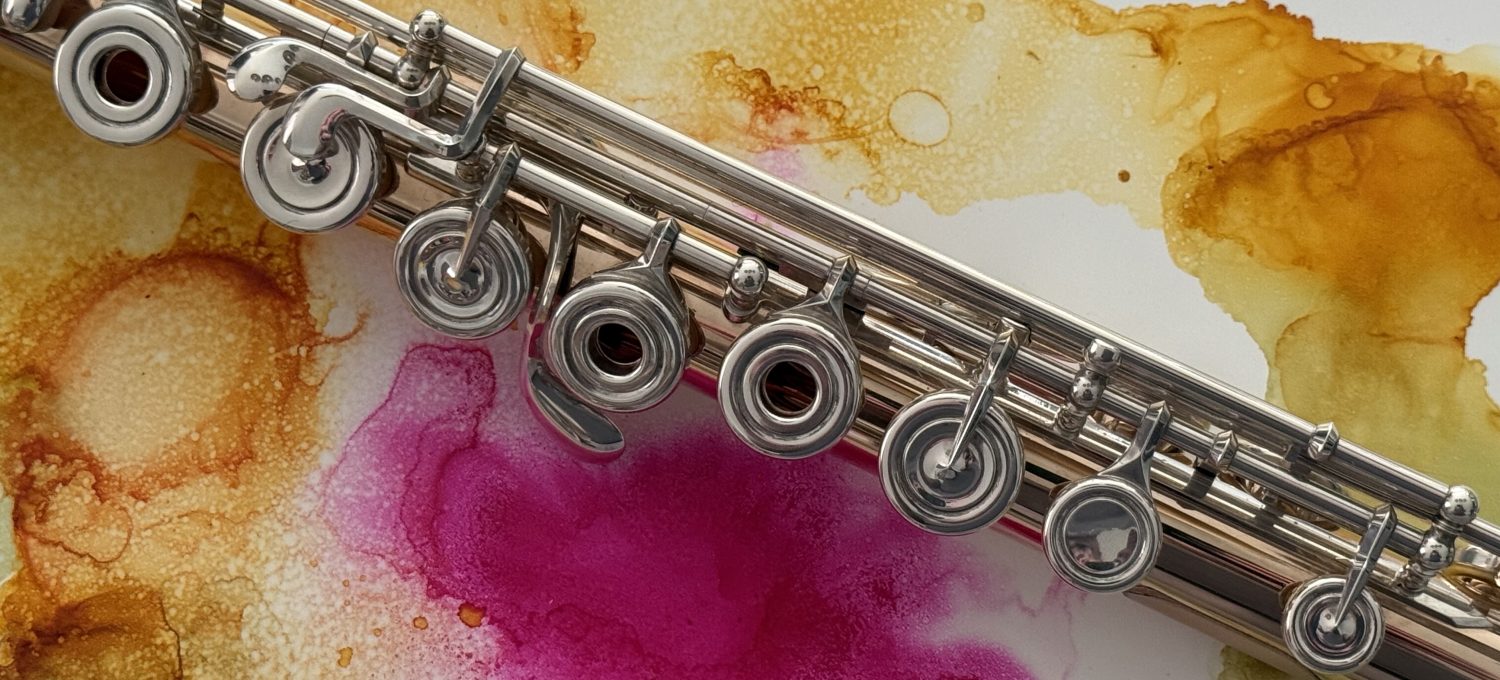As young flutists, we are instructed in the following areas: the components of the flute, correct assembly, care and maintenance, and producing our first sounds. As we advance, we study more detailed techniques and “standard repertoire,” including works by Bach, Beethoven, Mozart, and others. I acknowledge that earlier composers’ contributions are essential, as their work has greatly influenced modern music. However, the repetition of pieces like Syrinx, Concertino, Mozart’s G Major Concerto, and works by Poulenc and Doppler in flute recitals makes the repertoire predictable.
I began my flute journey with the “classics” but eventually felt stagnant. During my time in music school and freelancing, the Poulenc Sonata was ubiquitous, played at varying speeds and vibratos, with endless debates on its correct “context.” After graduation, I attended a recital themed “Different Perspectives,” only to find the set list uninspired: Poulenc, Bach, Mozart, Beethoven, and Chaminade, performed in different orders and with different interpretations. This monotony persisted even during virtual recitals during the pandemic, featuring the same composers repeatedly. The lack of risk-taking led to all these performances blending together, causing me to feel disinterested in the “standard repertoire.”
Throughout the learning process, I realize that certain topics need to be emphasized such as how we care for our instrument and how we begin making a sound. However, when it comes to repertoire and learning how to play auxiliary flutes, it feels like both young and adult flutists are confined to a single approach. The flute has a rich and diverse tone-scape. Why not explore beyond traditional sounds? Personally, it felt like my music journey truly began when I discovered diverse types of flutes and different musical styles.
At first, I wanted to avoid traditional flute and piano pieces, so I specifically explored solo flute music. Social media, though often criticized, is a powerful tool for those who use it wisely. It helped me expand my ideas of what was possible on the flute by connecting me with diverse flutists online. My introduction to Nathalie Joachim’s piece, “Aware,” via social media sparked my interest in low flutes. It was challenging but satisfying to play a solo flute piece with a backing track, especially one that involved mixed meter. Then, Dr. Melissa Keeling’s performance content opened up the world of looping and effects pedals for me.
Now, I always try to incorporate electronics, extended techniques, and various flutes into my performances, creating a unique tone-scape of colors. Here are some examples of composers whose works tie back to classical musical roots and are worth exploring: Herman Beeftink, Randall Stanridge, Arturo Rodriguez, Allison Loggins-Hull, Dr. Melissa Keeling, Ian Clarke, Robert Paterson, Anze Rozman, and Katia Tiutiunnik. While these composers still have pieces rooted in a classical music tradition, they also have selections with various orchestrations, the incorporation of electronics, extended techniques, and the use of different flutes in the flute family.
There was a point where musicians started to shake things up when it came to our programming choices for recitals and concerts. Bu it feels as though we’ve crept back to a “let’s stick to the norm” mindset. The argument here being that if audiences do not have an appreciation for different musical styles, or they are not exposed to it regularly, they tend to shy away from artists who do not play well-known composers (i.e. “the classics”). I challenge flutists both young and old to step outside of the box; step out of your comfort zone and be adventurous. It can start simply by listening to different music that is beyond the standard repertoire and breaks away from the norm.
I recently had the opportunity to listen to Brice Smith play Jacob Ter Veldhuis’s Lipstick. I purchased the piece and am now learning it myself. I am afraid of the difficulty in playing this music, but I welcome the challenge. I also believe that all flutists should have the opportunity to play each type of low and auxiliary flute at some point in their musical journey. If you don’t already have access, but you go to the National Flute Association or local flute conventions, I encourage you to go to the vendors and spend at least five to ten minutes playing on different kinds of flutes. Taking a leap of faith might help you tap into the flute’s soundscape and tonal palette you’ve been missing.

